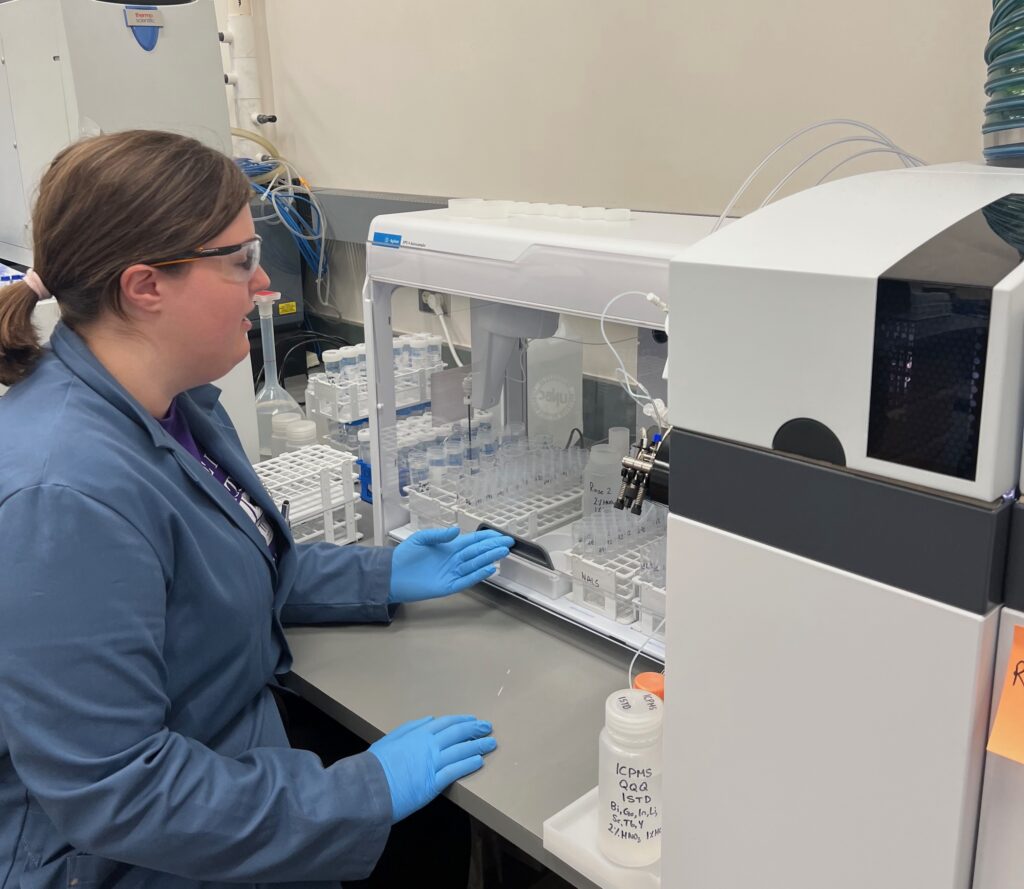
Introduction
In our pursuit of excellence in research, we bring forward the versatile capabilities of our Triple Quadrupole Inductively Coupled Plasma Mass Spectrometry (ICP-MS) system. This cutting-edge technology, renowned for its superior sensitivity and precision, opens up extensive opportunities for environmental analysis. This article aims to briefly present the strengths of our ICP-MS system in addressing environmental research demands and challenges.
Capabilities of the Triple Quadrupole ICP-MS System in Environmental Analysis
Our Triple Quadrupole ICP-MS system is an exceptional tool for the comprehensive characterization of environmental matrices. It excels at detecting, quantifying, and monitoring trace elements, isotopes, and major elements across the complete periodic table in complex sample matrices like water, soil, and air.
Prominent Environmental Applications
1. Water Quality Monitoring: The system allows for the detection and quantification of trace elements and isotopes in freshwater, groundwater, and marine environments, playing a crucial role in water quality surveillance and the monitoring of anthropogenic influences.
2. Soil and Sediment Analysis: Our ICP-MS can effectively analyze trace and major elements in soil and sediment samples. This aids in pollution tracking, source identification, and studying geochemical processes.
3. Atmospheric Research: The tool’s sensitivity and precision enable accurate monitoring of trace elements in air samples, contributing to studies of air pollution and atmospheric particulate matter.
Strengths for Environmental Analysis
Our Triple Quadrupole ICP-MS system offers high ion transmission across the entire periodic table, ensuring remarkable sensitivity – a key asset for low-level environmental analysis. Its Collision/Reaction Cell (CRC) technology offers superior interference removal, delivering highly accurate and precise results.
The system’s flexibility in seamlessly shifting between no-gas, collision, and reaction modes offers unmatched analytical robustness. Its capability to swiftly wash out high matrix samples enhances throughput, an invaluable feature for environmental studies with large sample sets.
Limitations to Consider
Despite its numerous strengths, it’s important to note certain limitations of the system. Certain elements, like chlorine, at high levels can sometimes produce interferences that need careful method development. While the system excels in elemental analysis, it does not provide molecular information. Lastly, despite its high matrix tolerance, thorough sample preparation remains essential to ensure accurate results and the longevity of the system.
Conclusion
The Triple Quadrupole ICP-MS is an indispensable tool for environmental researchers, with its capabilities aligning closely with the diverse needs of environmental analysis. Its unique strengths coupled with an understanding of its limitations make it an empowering resource to propel environmental research to new frontiers. We invite our internal researchers to harness this power, pushing the envelope of what’s possible in environmental science.
